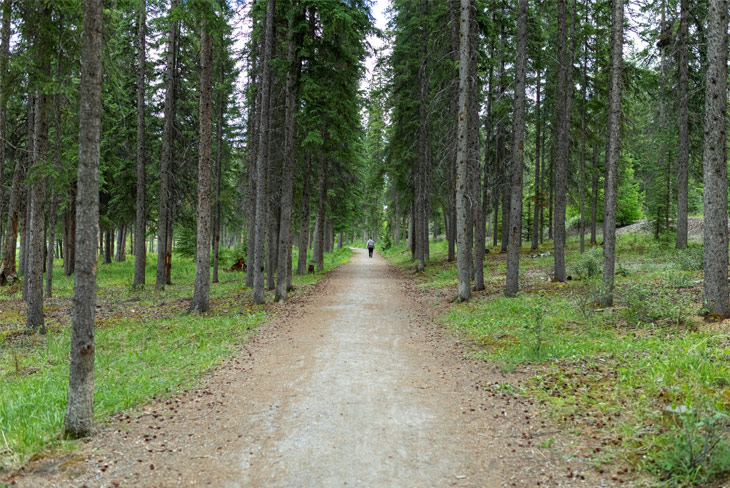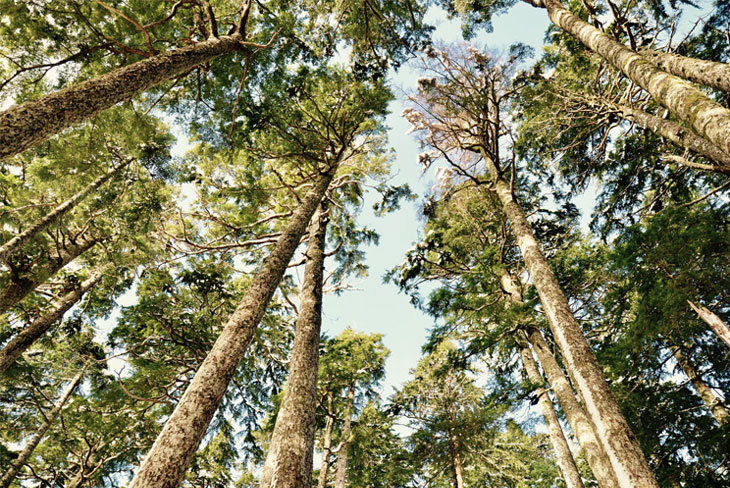8 of the most famous trees in popular culture

When we think of the top “things” for books, television, and movies, we mainly think actors, characters, dramatic moments, etc. Seldom do we think of trees. But trees have a lot to do with symbolism in media, whether they are wizened, ancient figures or twisted and gnarled things, foreboding death and decay.
Trees mean a lot to Panda7, which is why we are choosing to plant one tree per every renter’s or auto insurance quote we receive and triple that for every policy purchased. You can see more about that in our Giveback page. Here are the top 8 most famous trees in popular culture.
Guardians of the galaxy’s Groot.
Is Groot a tree? A humanoid creature resembling a tree? Or perhaps an offshoot of some greater floralike being? While technically Groot is a Flora colossus, according to the Marvel Comics, we included him in this list solely thanks to his likeability in both Marvel film and comic franchise. Groot’s species are tree-like beings who only speak in simple three words, in the exact order of, “I am Groot.”
In the films where he appears and in the comic books, Groot is beloved for his friendly personality, his apparently genius-level intellect, and his relationship with Rocket Raccoon. Groot has also been shown to have some wicked flora-flavoured abilities, like superhuman strength, durability, and the ability to manipulate his limbs and reshape them to his will.
The Yggdrasil in god of war IV.
While the famous world tree makes an appearance in nearly any media or popular culture loosely inspired by Norse mythology, it plays a special role in Sony’s 2018 installment of God of War. At the center of the nine realms, accessible by the player in the role of Kratos, sits the Yggdrasil. It connects each realm, which serve as separate worlds existing on the same plane. The player can travel between realms, once they are unlocked, via the Bifrost at the root of Yggdrasil.
Famously, the Yggdrasil is attested to in the Poetic Edda from the 13th century and is home to numerous mythological creatures including a dragon Níðhöggr, an eagle, four stags, and a squirrel, Ratatoskr, that carries malicious rumours between the dragon and eagle.
Harry Potter’s Whomping Willow.
Heralded as extremely valuable, albeit quite violent, the Whomping Willow in Harry Potter attacks anyone who comes within range of its branches that function as arms. One of these trees was planted on Hogwarts’ grounds and inevitably causes a great deal of struggle for the three protagonists, Harry, Hermione, and Ron.
Unfortunately, the Whomping Willow isn’t exactly a positive influence in the books as it destroys Harry’s Nimbus 2000 and even puts up a good fight, thrashing the main three around, when Ron is being dragged under its roots into a hidden passageway far below.
Treebeard in lord of the rings

The ents prove to be one of the Fellowship’s greatest allies when Treebeard, the oldest living ent and shepherd of the trees, helps Meriadoc and Peregrin escape from Saruman’s Orcs. Later, they learn that the old wizard was cutting down the woods in order to fuel his armies and, flying into a rage, Treebeard calls on all the ents for an attack on Isengard – the evil wizard’s main base.
Although the very same attack is known as “the Last March of the Ents” (and matched with an incredible score in the film adaptation) the ents end up being offered a second chance to search for the entwives after Aragorn takes the throne, who had gone missing after Sauron encroached upon the forested lands.
The truffula trees in the lorax.
The Truffula Trees in The Lorax seriously embody the Dr. Seuss vibe with their thin trunks and fluffy tops. Moreover, they can apparently be cut down to make thneeds!
Although the Truffula trees don’t have a great ending, their spokesman shows what kind of an effect that mowing down trees in mass amounts can have on our environment. Luckily, in the film, they get a second chance in the end via replanting!
The giving tree’s giving tree.
Shel Silverstein’s The Giving Tree features a relationship between a growing boy and a tree that selflessly gives him everything she has, up until the point where she has no more to give. The message of The Giving Tree is somewhat difficult to make sense of; it’s either positive because of the love the tree has for the boy, or it is negative because he uses her.
In the end, we can all agree that the tree was really the star, and it shows us how important “balanced” relationships are – as well as how important trees are to our environment!
Avatar: the last airbender’s ancient banyan-grove tree.
The spiritual relationship between nature and humans is a prominent theme in children’s show Avatar: The Last Airbender and this is apparent in the episode where the protagonists encounter an enormous banyan-grove tree in the middle of a swamp in an episode. It turns out that all the trees in the swamp are merely offshoots of the banyan-grove tree itself.
Later, the characters encounter a group of water benders, who claim to have achieved enlightenment in the branches of the banyan-grove tree. The tree even makes a reappearance in the successor series, Legend of Korra, where protagonist Korra trains at the tree to move on from her memories.
The tree of youth in chronicles of Narnia.
The Tree of Youth is the first tree to ever exist in C.S. Lewis’ Narnia, growing wonderful shiny silver apples that, when consumed, have magical properties. The tree was home to a single phoenix. The story of the tree is a reiteration of the Tree of the knowledge of good and evil in the story of the Garden of Eden, just as are numerous other elements of Narnia.
One of the tree’s apples is later returned to the lion Aslan, which then grows into the Tree of Protection that guards the Kingdom of Narnia and all its inhabitants from potential attackers for 898 years.
Trees in fiction and popular culture are just as important as they are in real life! Trees give us cleaner air, cleaner water, and help bring us together.

